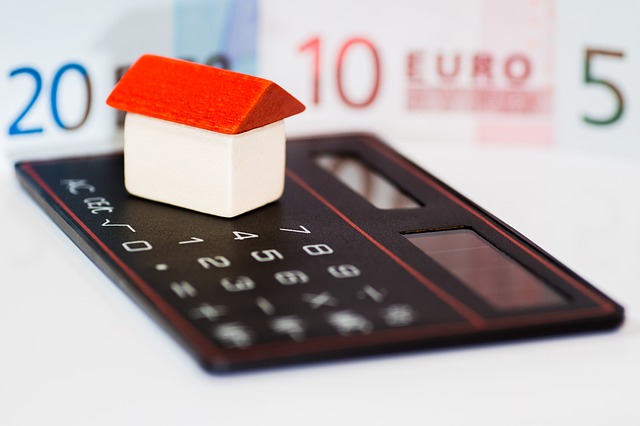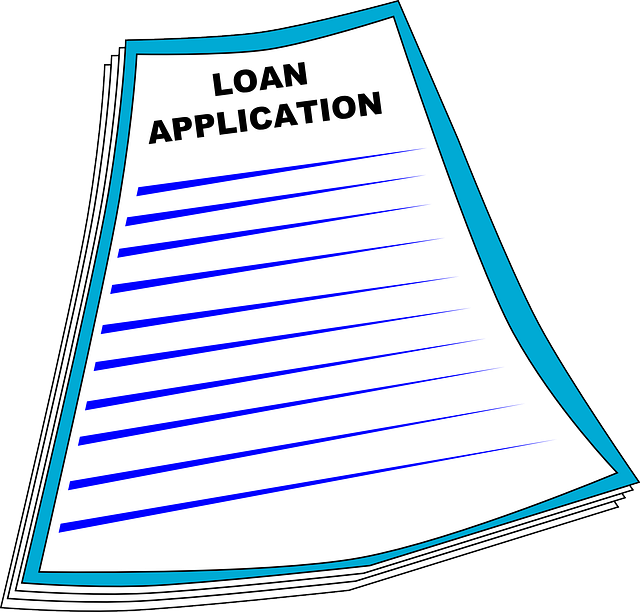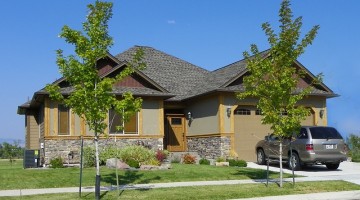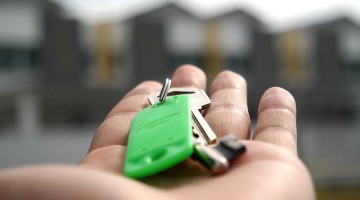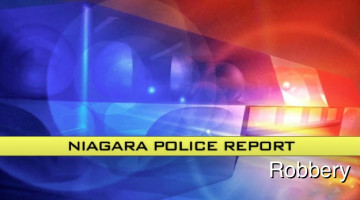If you’ve declared bankruptcy in the past, you are not alone. Sometimes it is the only choice in a difficult situation. So that being said, sometimes you have to just face the music to move forward.
The good news is….there are solutions! But first there are 2 factors to consider because buying a home after bankruptcy is not the same as buying a home for the first time. These factors are:
1. How long ago was your bankruptcy discharged, or your consumer proposal done?
2. How long and how much have you been re-establishing your credit?
The options available to you depend on the answers to these questions. There are 2 types of lenders. The mainstream and the alternative lenders. Let’s look at the details now shall we?
MAINSTREAM LENDERS
With a mainstream lender, you can purchase a home at the best rates available. In addition, a mainstream lender will allow you to use a down payment of as little as 5% of the purchase price of the home. If your down payment is less than 20% of the home’s purchase price, lenders will require default insurance.
In order to qualify with a prime lender, you need to have the following in place:
–The down payment must be from your own resources – either in a savings account, an RRSP, etc. and you need to have at least 5% available.
–You need to wait for a minimum of two years after discharge of your bankruptcy.
-You must also be able to show at least two years of solid, re-established credit. Let’s take a look at what that means:
One can re-establish their credit by :
- getting 2 pieces of re-established credit since the discharge and keeping them active (like a credit card or car loan)
- keeping the credit clean for the 2 years. Any mistakes will give insurers an excuse to bail on you so keep it clean!
ALTERNATIVE MORTGAGE LENDERS
An alternative lender will work with you as early as one day after your bankruptcy discharge, and with little or no re-established credit. However, there are a couple of things you need to know:
1. Your down payment will need to be at least 15% of the purchase price of your home.
2. Your costs will be higher than with a mainstream lender. First, your interest rate will be a bit higher. You can expect to add at least one percentage point, possibly more. Second, you may be required to pay a commitment fee – typically around 1% of your mortgage value – which can usually be added to your mortgage amount.
3. You will need to obtain an appraisal before the lender will sign off on the mortgage so when you’re writing up your Offer to Purchase, you need to include enough time in your “financing clause” to allow for the appraisal to be done and rfeviewed by the lender.
A mortgage pro will help with all of the details but keep the basics in mind and…
GOOD LUCK!
To receive similar content, “Like” us on Facebook @ https://www.facebook.com/niagarabuzz.ca
SOURCE: Mortgage Intelligence









